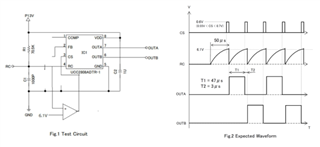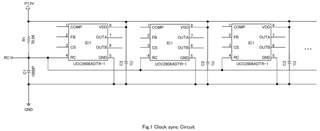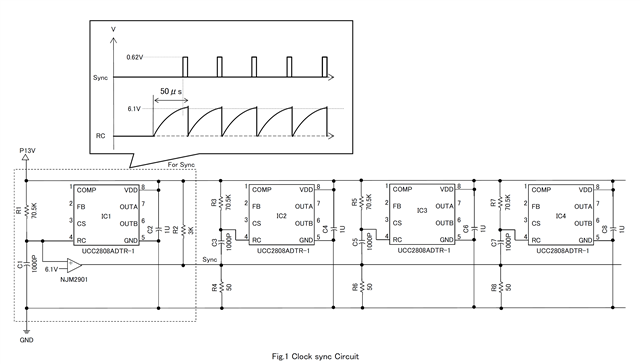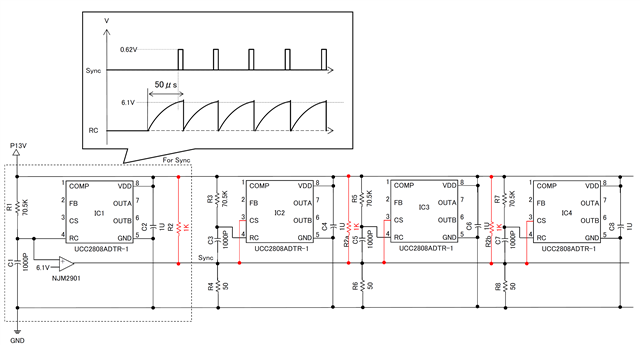Other Parts Discussed in Thread: TL431, LM311, LM211, LM211-Q1
Hi Experts,
I have two questions about how to use the UCC2808-1.
First, please tell me about the duty ratio adjustment method (circuit).
For example, what kind of circuit design would be used when the duty is 47%?
Second, I want to ground COMP and turn off the outputs (OUTA, OUTB).
Hypothetically, is it a problem to ground COMP for many months with power on?
I hope to receive your advice. Thank you so much.
Kind regards,
Gerald







